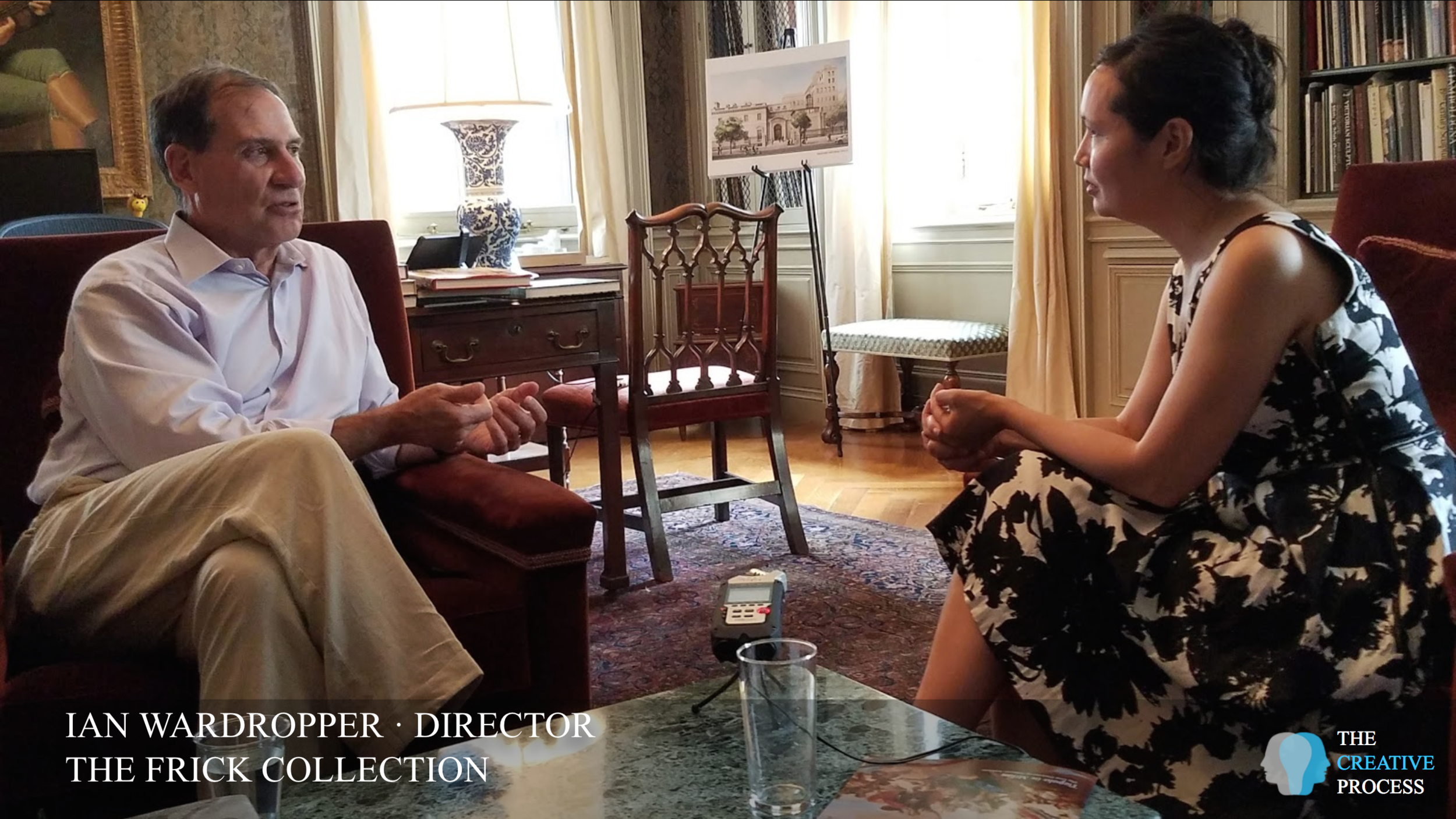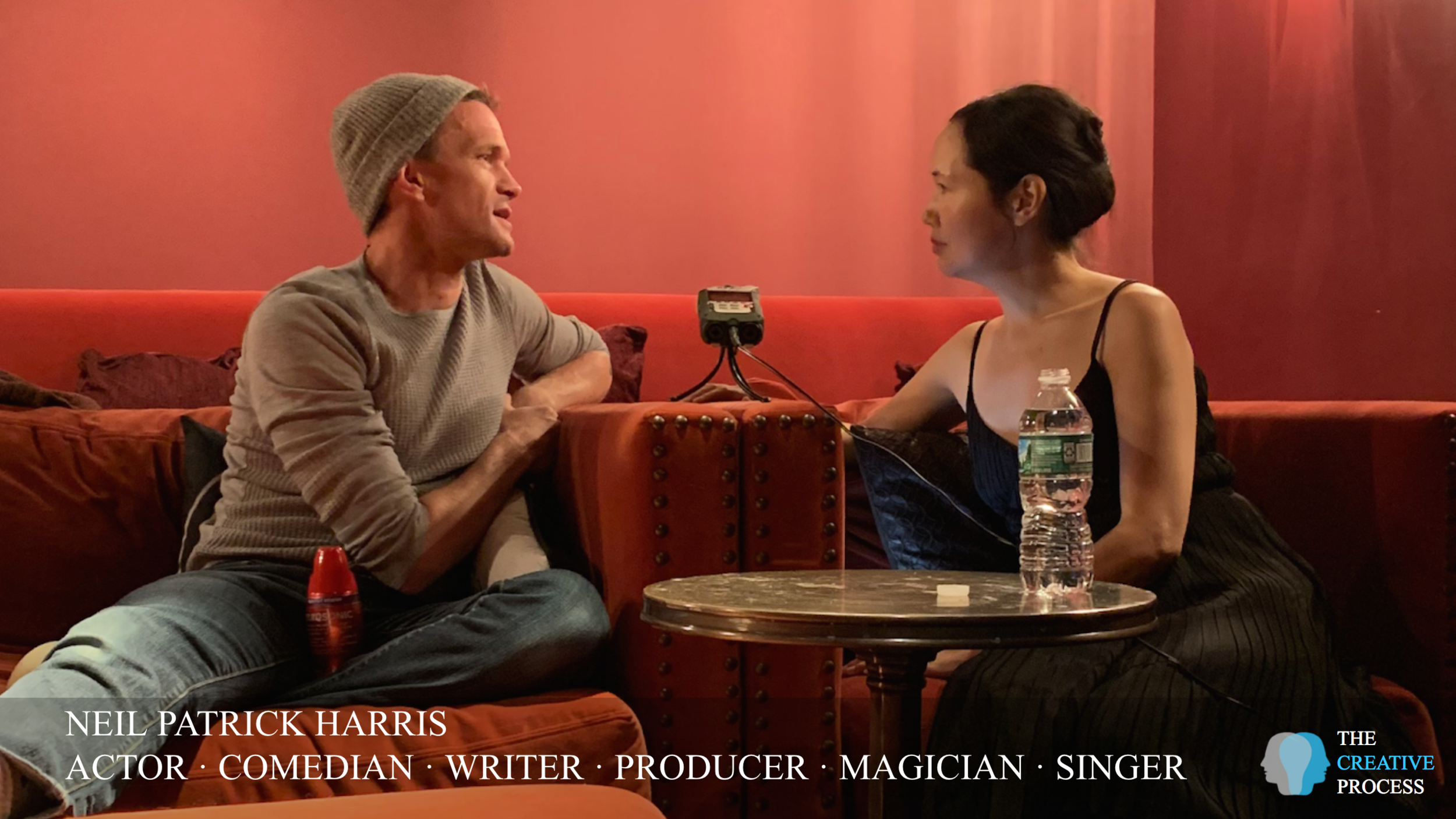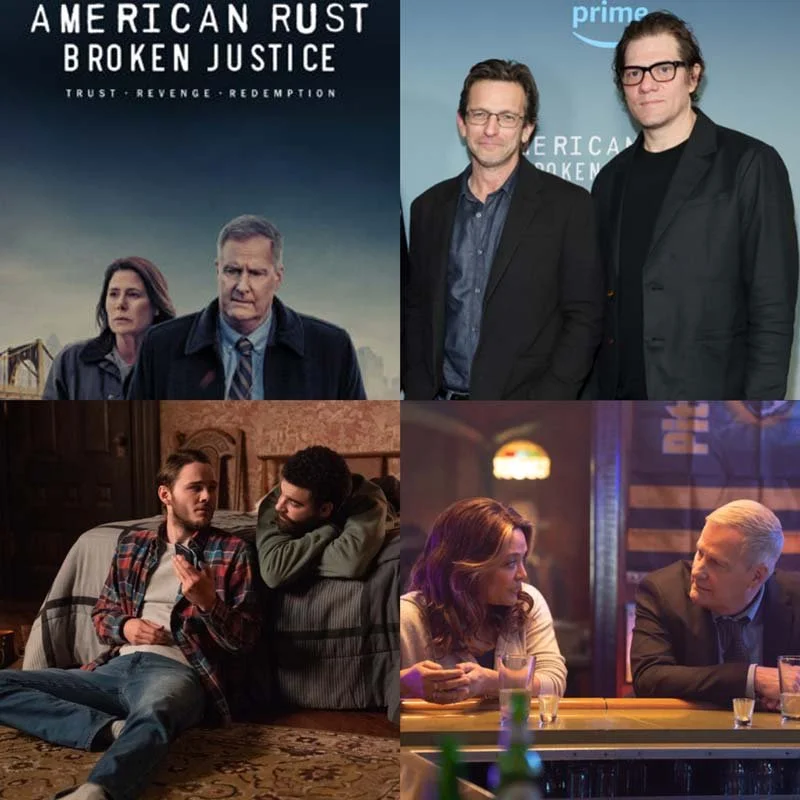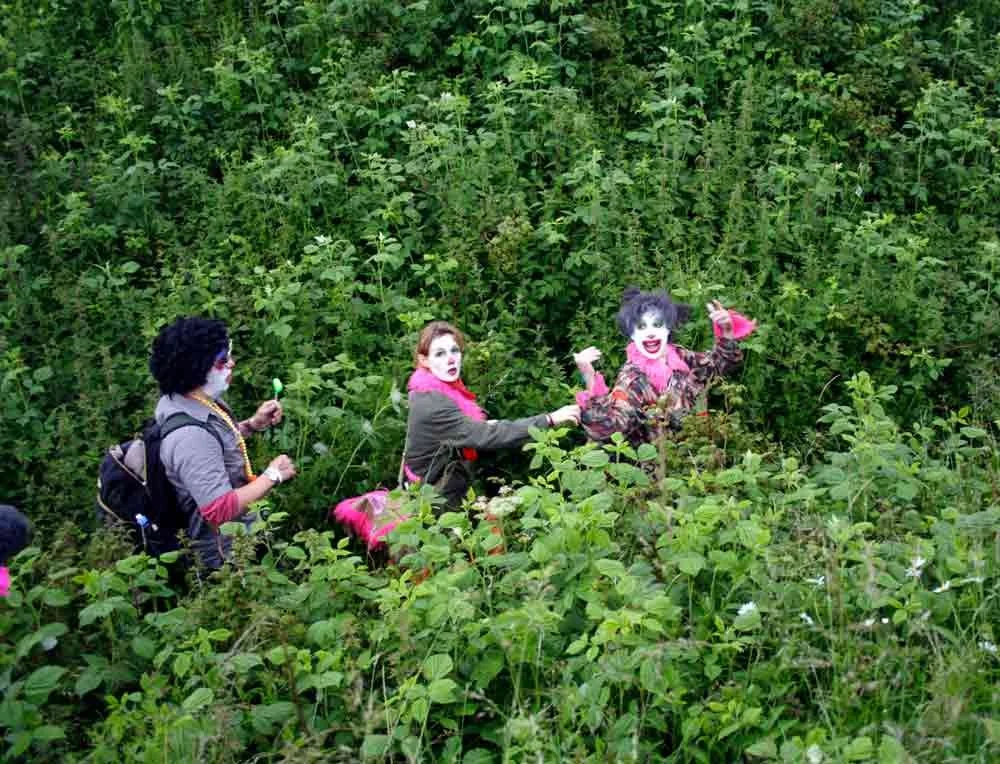Award-winning landscape artist April Gornik’s paintings and drawings of land, sky and sea are anchored in observed reality and a world synthesized, abstracted, remembered and imagined.
Award-winning artist April Gornik has work in the Metropolitan Museum of Art, the Whitney, and other collections. Retrospectives of her art have traveled to museums in the U.S. and Canada. She has shown at the Whitney and Venice Biennales, Pennsylvania Academy of Fine Arts, Weisman Museum, Guild Hall, Parrish Art Museum, and in Seeing Nature, a traveling exhibition of Paul Allen's collection featuring Monet, Klimt, Turner, Hockney, and others.
She has contributed much to preserve the history and culture of Sag Harbor, leading many projects, including the Sag Harbor Cinema Arts Center and The Church.
Mia recently completed a residency, as an inaugural artist participating in The Church’s new program, where she was able to witness first hand the depth of April’s engagement with the community and her dedication to art, not just as a means of self-expression but as a vehicle for bringing people together. She sat down with April in her studio in North Haven.
APRIL GORNIK
You know, I've always liked, since I started painting, particular landscapes, I like to see work as the artist wants it to be seen. I'm curious about the creative process to a certain extent, but I'm much more interested in the effect of the final work. And the underpainting for me is always important because I believe that there is a bit of a thin dimension on the surface of all of these paintings that exists that's a conversation that's going on between the underpainting and what it is eventually subsumed by on the surface of the painting. And it's more or less evident in different paintings that I do. Sometimes it gets almost completely obliterated, but I still believe that there's a little resonance that exists between the final layer of the painting.
I think that no matter how intentional you are in the studio, the work always goes off in a direction that can't quite be anticipated, and the final result is always something that's not quite what I thought it would be. And that's partly accident, and that's partly the reification of the thing itself that almost feels like it's by itself and not by me. It always feels like there's this thing that happens at the end where everything comes together. And I can explain what I do in the studio, but I can't explain why it happens when it works successfully, ultimately.
I usually end up making work from images that I recognize as being important or interesting to me for some reason, and always that pose a certain kind of mysteriousness that make me want to look at them twice or three times. Or, in the case of being the person that makes it, like a zillion as it's happening.
But if a painting or drawing or print is successful, then it should trap that ability to generate questions and responses that I would hope that a viewer would share similarly. And I don't mean the same. I just mean similarly. And their conclusion could be looking at the work. A work that I think is complex enough to be interesting, could be that they find it oppressive or depressing or strange or surreal or very realistic or very peaceful or very happy or very harmonious. I know that the same work can arouse very different reactions in people. And, to me, that is a kind of success, actually, if the work can straddle various kinds of interpretations because I've always thought that great art makes itself vulnerable to interpretation. So, to be able to have enough complexity that can generate a lot of different reactions is to me a big positive. And then there's the choice of unpeopled landscape...why that? It's just my language for self-expression.
❧
I grew up in the suburbs in kind of post-World War II housing. A very Caucasian neighborhood. Most people were Irish or Italian. And I went to Catholic school. And I always liked making art. I always liked it. I just like making things, generally. Then I went to the Cleveland Institute of Art. Low hanging fruit.
But I got restless there and wanted to pursue an interest that I'd developed in conceptual art, and I was very then comfortable hiding in or keeping a bulwark around me of what I was thinking of as conceptualism. And I'm not saying that I understood it. I don't think I really did, but I took comfort in the idea that conceptual art made art smart and it could make it become as good as science. And with science go explanations. And with explanations go excuses or rationales. A kind of orderliness. And one big part of my sense of self-confidence has always been my mind, so getting into an art that would be something that I'd make and I could explain and I had reason and maybe it would be socially impactful in some way. All of that appealed to me immensely. And then, I impulsively applied to the Nova Scotia College after I didn't get a scholarship renewal at the Cleveland Institute. It was just a half-scholarship. And I got accepted, and I just left. But I had one more year to go, anyway. I wanted to go there because they had courses in Marxism and it was very advanced. And I thought, Yes, I'll be very advanced! And then, by the time I had a very nice teacher named Richards Jarden. All the teachers there were about ten years older than the students at the most. And we ended up talking for hours and hours about art and why to make it. And I think we both kind of reached the conclusion that we were both making work that was illustrating texts. Then people weren't really reading Lacan, but they were reading Piaget and Claude-Levi Strauss.
And I was just struggling to make sense of these texts and Marxism and things like that. And then I would make these things that were kind of romantic. And I was all over the place, and it was derivative. And I just kind of realized suddenly that I was doing something that wasn't...
THE CREATIVE PROCESS
It was secondary to the texts, in a way?
GORNIK
It was illustration. I was making illustrations, personally. And then, I went to Europe for a couple of months. The summer after I graduated from there, I came back to Nova Scotia, got a little studio and just started horsing around in it. I got very interested when I was over in Europe in the art of other cultures, African art, Oceanic. And I started thinking about archetypes, and I tried to make work that had symbols in them. And then one day in my studio, I kind of got straight into the idea that it would be interesting to make something that contained light. And an image popped into my head. And I made it. And I actually needed paint to make it. And it turned out to be a landscape.
And then, I've said this story so many times, it's awful to repeat it, but I accidentally made a landscape. But I really liked it. I really liked the idea of making something that had light in it.
THE CREATIVE PROCESS
And you had fun making it? There was a joy? It wasn't a struggle as much?
GORNIK
It was it was like I was driven. I was in the driver's seat, and I was being driven at the same time. Everything felt very necessary.
ON 100 YEARS OF WOMEN’S SUFFRAGE
Women just generally don't get acknowledged, period. We're still grappling with that. And we never got the Equal Rights Amendment passed, and we're just now really making a big fuss with Me Too about how long we’ve endured harassment and diminishment. How is that even possible? I was in a group called the Women's Action Coalition in the early 90's. The fact that we couldn't get the ERA passed is insane. Although, now as I’m seeing it reintroduced, it should be a true equal rights amendment for everybody. Not just focused on women being equal to men, but a real update to the constitution. We still have things that we need to rewrite.
This is an excerpt of a 7,000 word interview which will be published and podcasted across a network of participating university journals and national arts/literary magazines.
Mia Funk is an artist, interviewer and founder of the The Creative Process.
































































